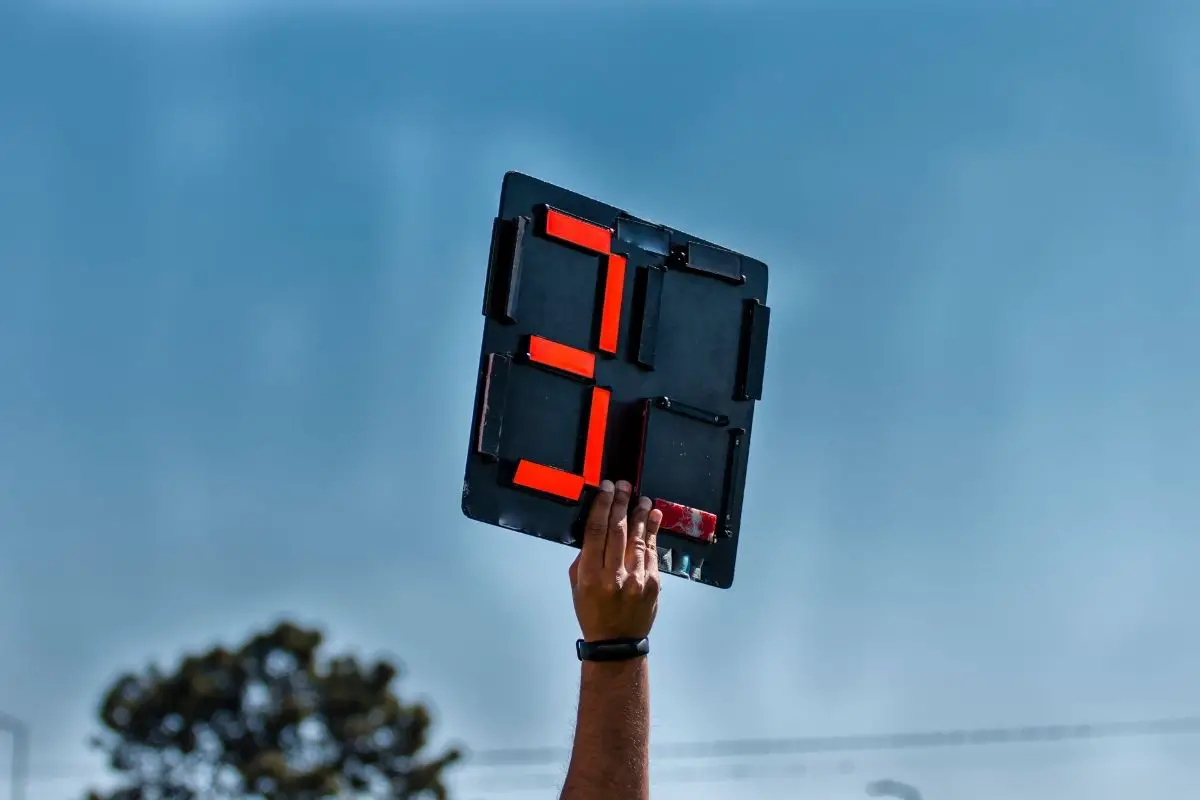Players faking injuries or flopping to the ground can totally ruin a sports game but unfortunately, there are a lot of reasons why some players take the gamble and fake an injury.
In fact, there are so many ways a soccer player can benefit from flopping or faking an injury, that the occurrence pretty much happens every single game and from both teams – but why?


How can a soccer player benefit from faking an injury?
Here are the five main reasons why a soccer player would flop or fake an injury during a soccer game.
Take a look at the reasons below and then you can understand the motivation behind these seemingly unfair actions.
To Possibly Get A Goal
Sometimes a player who is in possession of the ball, will get close to the goal posts but not see a good opportunity to strike.
If the opposing team’s defense is too good, then the player with possession of the ball has a few choices – they can either send the ball back up the pitch and try again, try to score even though they’ll probably end up losing possession, or fake an injury when the opposing team gets too close.
The reason behind the player faking an injury or flopping here is so they can influence the referee to believe that the player has been injured by the opposing team’s player, and then they will be rewarded with a set-piece very near to the goal.
This gives the player a better chance to score a goal while still keeping possession of the ball and without losing the progress they have made so far.
So, whether it’s a penalty or just a free kick, the team now has a way better chance of scoring a goal than they would have if they had not faked the injury.
The opposing team’s defense will be broken up and it gives the attacking team time to get more of their players closer to the goals to open up more pathways to a strike.
To Waste Time On The Clock
This is definitely a popular reason why so many soccer players flop or fake an injury – to waste time on the clock.
In soccer games, the clock does not stop no matter what is happening.
Even if there’s a streaker on the pitch blocking play, the clock still ticks on until more time is added by the referee at the end of the half.
However, most of the time, the amount of time added is not equal to the time wasted by the delay so more time is lost rather than played.
Because of this, a lot of players try to take advantage.
If a team is winning and the game’s half is coming to a close, then a player will probably flop or fake an injury to try and waste time on the clock.
This is to keep their lead for as long as possible and limit the amount of time the other team has to try and even the score.
Not only that, but if the opposing team is gaining momentum and looking on track for a goal, faking an injury can slow the game down and waste the opposing team’s opportunities to strike.
In this case, a fake injury could really be the difference between victory or defeat.
To Regain Possession Of The Soccer Ball


If a player thinks they’re about to lose possession of the ball (or they just have), then faking an injury or flopping during the tackle could lead to them keeping possession.
This is to try and stop the opposing team from moving away with the ball.
Instead, when they move in to get it, the first player will flop or fake an injury and hope that the referee will award them with possession as punishment against the other team.
So, if you see a player go down during a tackle for the ball, they’re probably doing it for this reason.
To Punish The Opposing Team
Soccer games can get a bit heated at times and sometimes, two players will seem to have a grudge against the other.
In these situations, a player will probably try and get the other player removed from the pitch by faking an injury.
If a referee is convinced that the opposing player has made a foul move, then they will issue a punishment to try and dissuade further similar foul play.
However, in a lot of cases, it’s just the player flopping or faking an injury to try and get an upper hand over the other team.
The loss of one person in a team can make a huge difference to a soccer game and it gives the ‘injured’ player’s team a golden opportunity to attack and possibly, score a goal.
To Get The Referee’s Attention
If you think about it, every single dive, flop and fake injury is done to get the referee’s attention.
The referee is the person who makes all the decisions on-field and what they say is law.
This means that if a player wants something to happen so they can have the upper hand, whether it’s to regain possession of the ball or to just waste time, then they need the referee to notice them so they can stop play and make a decision.
But, this doesn’t always work in the player’s best interest.
Is Faking An Injury Or Flopping Allowed In Soccer?
Faking an injury or flopping is classed as ‘unsporting behavior’ in soccer.
This means that it is not allowed and a player can be punished for doing this. However, they must be cautioned first.
So, a player will first receive a yellow card if a referee decides to call them out for faking an injury or flopping.
If they do it again, they receive a second yellow card and then a red card.
Red cards are serious punishments but despite this threat, a lot of soccer players fake injuries and flops anyway. Why?
Because referees rarely call out this kind of behavior so the possible benefits outweigh the disadvantages – and that is why so many soccer players fake injuries or flop during a soccer game!
- Can You Play Pickleball on Grass? Tips and Tricks - June 12, 2023
- Do Pickleballs Wear Out? Everything You Need to Know - June 12, 2023
- Can You Play Pickleball on Concrete? A Guide to Playing on Hard Surfaces - June 12, 2023








